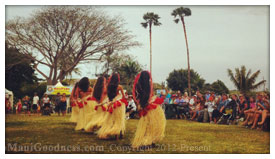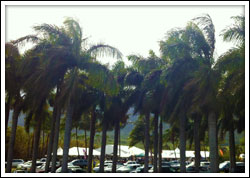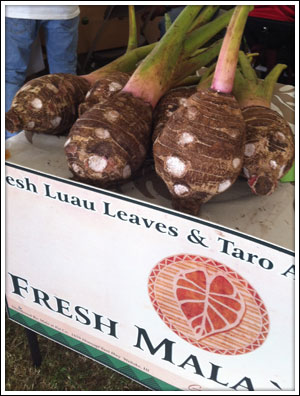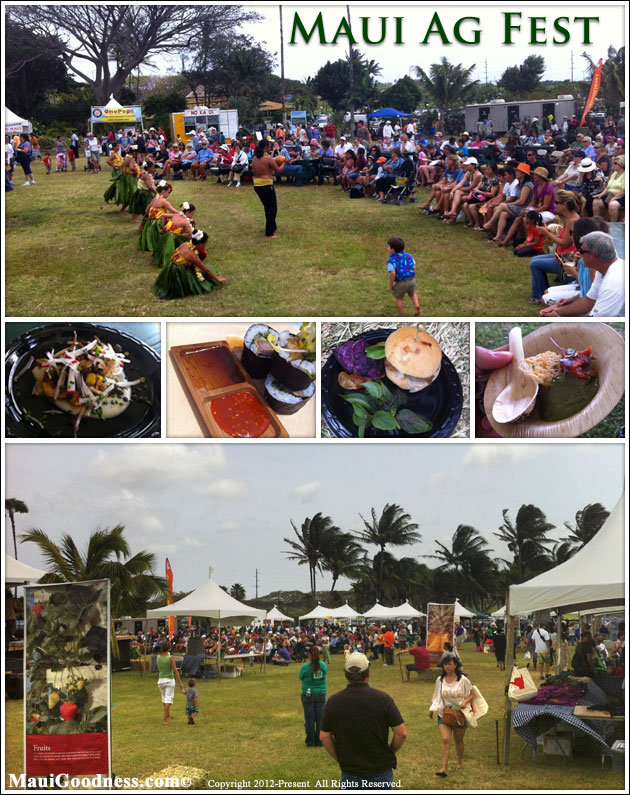 Fresh local food, chef competitions, great produce and local products and live music/dancing are some of the reasons to visit the Maui Tropical Plantation on April 6th. The Maui County Ag Fest is one of the best events on Maui. We loved it last year, and we’ll be back again this time. Here are some photos from last year’s fun at the Maui Agricultural Festival.
Fresh local food, chef competitions, great produce and local products and live music/dancing are some of the reasons to visit the Maui Tropical Plantation on April 6th. The Maui County Ag Fest is one of the best events on Maui. We loved it last year, and we’ll be back again this time. Here are some photos from last year’s fun at the Maui Agricultural Festival.
You can buy tickets to enjoy the many delicious meals being made.
 When:
When:
Saturday, April 6, 2013
9:00 am – 4:00 pm Maui County Agricultural Festival
11:00 am – 2:00 pm Grand Taste Education
2:00 pm – 2:45 pm Live Chef Competition & Awards Presentation
Where:
Maui Tropical Plantation
1670 Honoapiilani Highway
Waikapu, HI 96793
Nutritional Value of Kalo
 Kalo starch is one of the most nutritious , easily digested foods. Kalo corms are high in carbohydrate and low in fat and protein, similar to many other root crops. The starch is 98.8 percent digestible, a quality attributed to its granule size, which is a tenth that of potato, making it ideal for people with digestive difficulties and infants. The corm is an excellent source of potassium (higher than banana), carbohydrate for energy and fiber. When eaten regularly, kalo corms provide a good source of calcium and iron and have the ability to balance the pH factor in the body, as they are an alkali producing food.
Kalo starch is one of the most nutritious , easily digested foods. Kalo corms are high in carbohydrate and low in fat and protein, similar to many other root crops. The starch is 98.8 percent digestible, a quality attributed to its granule size, which is a tenth that of potato, making it ideal for people with digestive difficulties and infants. The corm is an excellent source of potassium (higher than banana), carbohydrate for energy and fiber. When eaten regularly, kalo corms provide a good source of calcium and iron and have the ability to balance the pH factor in the body, as they are an alkali producing food.
Lu’au is the name of the edible taro leaf from the word lau, leaf. The lu’au leaf is another kinolau of Lono (form of the god Lono.) Lu’au are excellent sources of pro-vitamin A, caratenoids, calcium, fiber and vitamins C and B2 (riboflavin), and they also contain B (thiamin.) The Cooked corm and poi have fewer vitamins, but are an excellent source of carbohydrates. (Canoe Plants online & CTAHR)
Papa and Wakea
To Hawaiians, Growing kalo was not merely an activity of food production but was strongly bound to their culture and beliefs about creation. According to the Kumulipo (creation chant/story), the union between Wakea (male) and Papa (female) first formed the islands. (CTAHR, Hawaiian Kalo and Future.)
Wakea or Kane, became involved with his daughter born of Papa, a Goddess associated with the Earth, and this resulted in two offspring. The first was Haloa-naka, who was stillborn. They buried him, and out of his body grew the Taro or Kalo plant. The second child was Haloa, the first ancestor of man. As the first born held the rights of the priority, the taro plant actually held a status higher than man. As the hiapo, or first born sibling, Trao was also said to be the body form of Kane, the progenitor. The Hawaiians considered the plant as akin to the god, and believed they ingested a part of his power when the ate the po’i. For many hundreds of years, the serving of po’i was held in such high esteem as a sacred part of daily life, that whenever a bowl of po’i was served, it was believed that the spirit of the ancestor Haloa was present, and in honor all conflict or argument among family members and those at the table would end abruptly.



With enjoyment, I appreciate all the photos you have provided. Thank you also for the referral websites.
Nice background info on kalo.